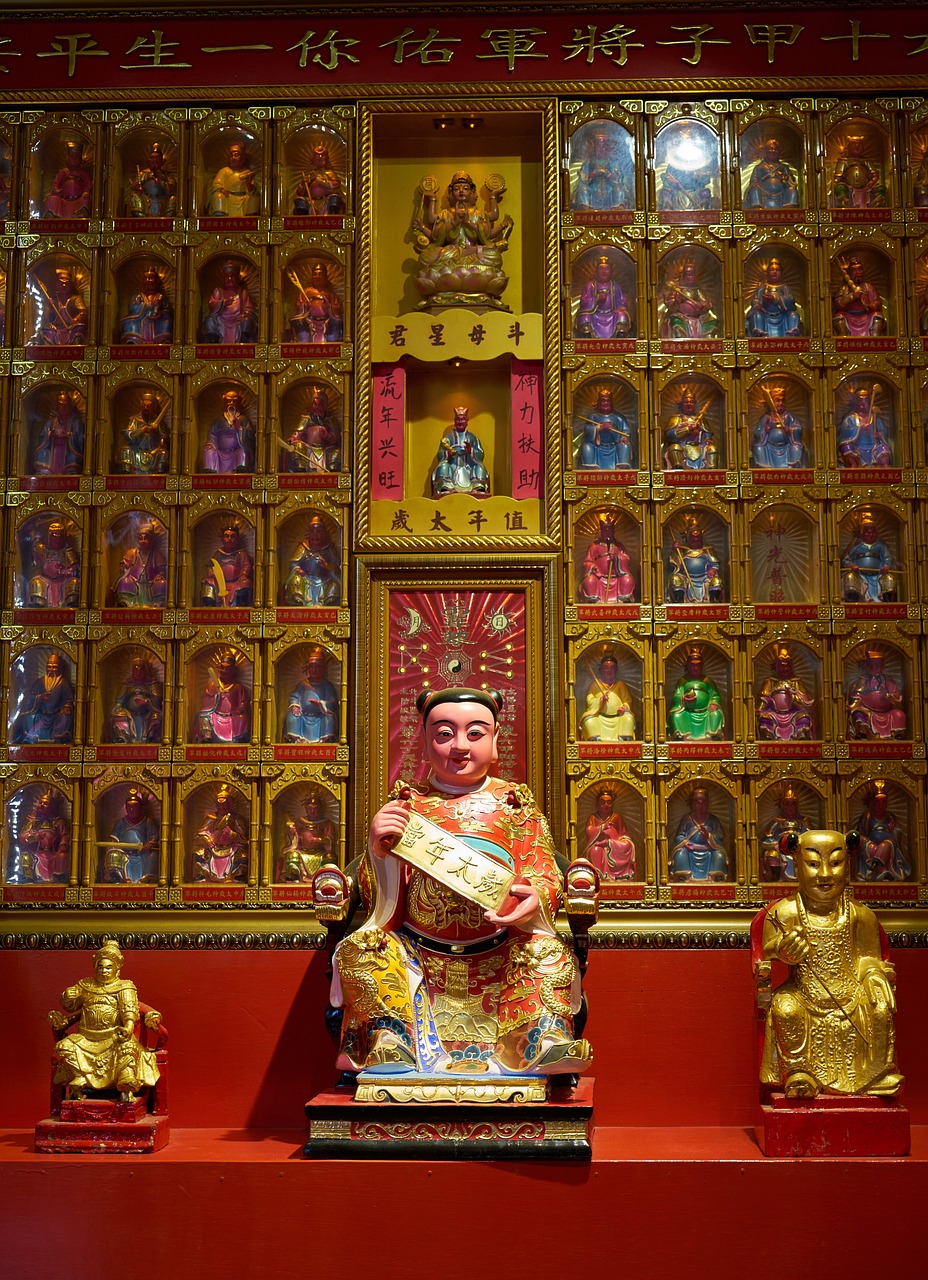Taoism, or Daoism, is an indigenous philosophical and religious tradition that has deeply influenced Chinese culture for over two millennia. It embodies a distinct approach to life, characterized by acceptance, joy, and a carefree spirit, which serves as a counterbalance to the more duty-focused and moralistic nature associated with Confucianism. Unlike Confucianism, which often views metaphysical inquiries as secondary, Taoism embraces an active engagement with the mystical and the supernatural.
At its core, Taoism encompasses the teachings found in seminal texts such as the Tao-te Ching, the Zhuangzi, and the Liezi, alongside the traditional religious practices centered on the worship of the Tao. This philosophical framework significantly permeates various facets of Chinese life, extending its influence to many cultural traditions beyond China, including those in Vietnam, Japan, and Korea. These influences hint at the historical interactions facilitated by Chinese explorers and immigrants, yet many of these connections remain to be further explored.
Historically, scholars have drawn distinctions between Taoist philosophy, represented by the principal thinkers, and later developments of Taoist religion characterized by ritual and superstition. This dichotomy, which originated during the Han Dynasty, proposed that a more “pure” form of Taoism existed before it became intertwined with superstitious practices. However, the mystic philosophies should be contextualized within the broader religious practices of their time, with their spiritual experiences relating closely to traditional shamanistic practices.
The authors of foundational texts, such as the Tao-te Ching and the Zhuangzi, should not be seen as the sole progenitors of Taoism but as integral figures within a wider tapestry of religious and philosophical traditions. Over centuries, the interplay among various practitioners, including philosophers, ascetics, alchemists, and religious leaders, fostered a rich and nuanced understanding of Taoism, addressing the spectrum of belief and practice.
Moreover, contemporary scholarship recognizes a less rigid boundary between Taoism and Confucianism, acknowledging shared conceptual frameworks regarding humanity’s place in society and the universe. While Confucianism focused primarily on establishing moral and political order, Taoism sought to explore more personal and transcendent aspects of existence.
Additionally, Buddhism introduced another layer of complexity, presenting ideas that often directly oppose Taoist beliefs, such as the denial of the individual ego and the perception of reality as an illusion. Despite these differences, the historical competition for followers between Buddhism and Taoism, alongside the state-support afforded to Confucianism, led to significant cross-pollination of ideas, resulting in unique adaptations within Chinese Buddhism, like the Zen tradition.
Since the Song dynasty, there has been an observable coexistence of Taoist and Buddhist practices in popular religion, with practitioners often blending elements from both traditions without clear distinctions. This phenomenon illustrates the adaptive nature of religious beliefs and their manifestations within the lives of the worshippers.
In summary, Taoism stands as a fundamental aspect of Chinese culture, characterized by its philosophical depth and rich traditions, while also embracing a dynamic interplay with other significant religious frameworks.



